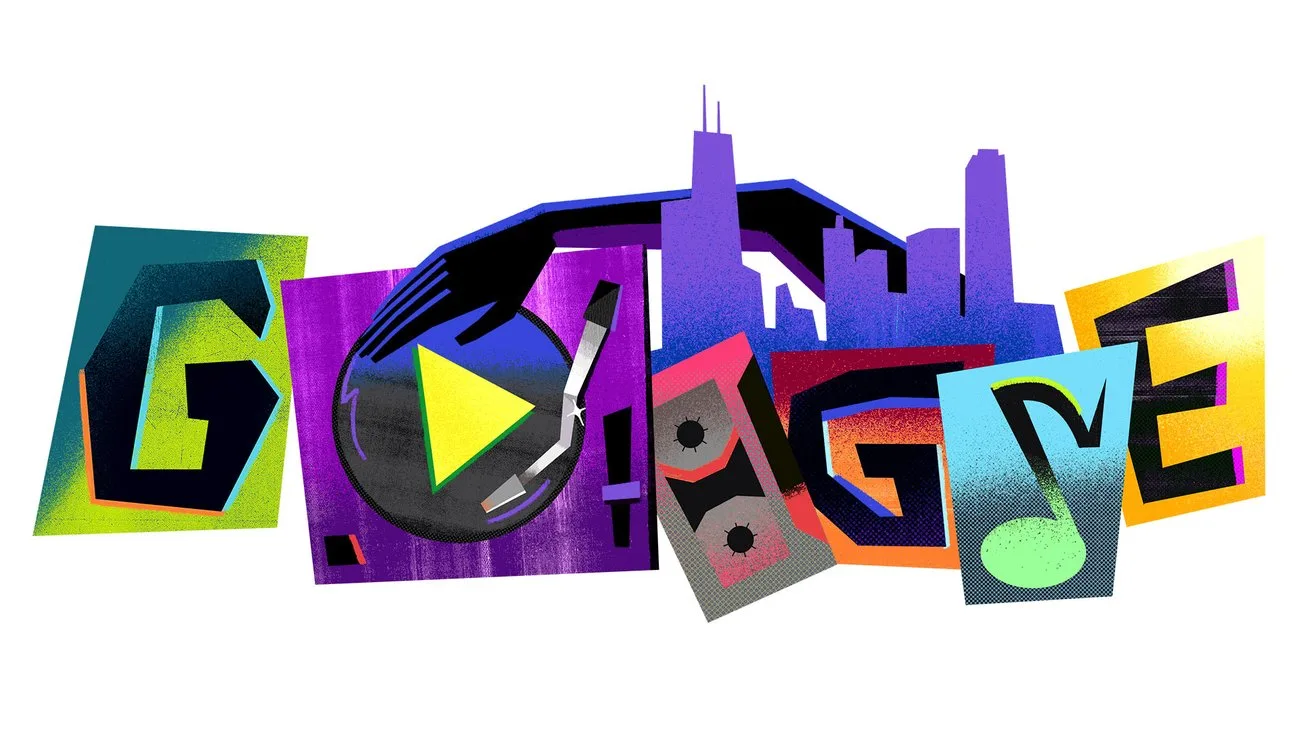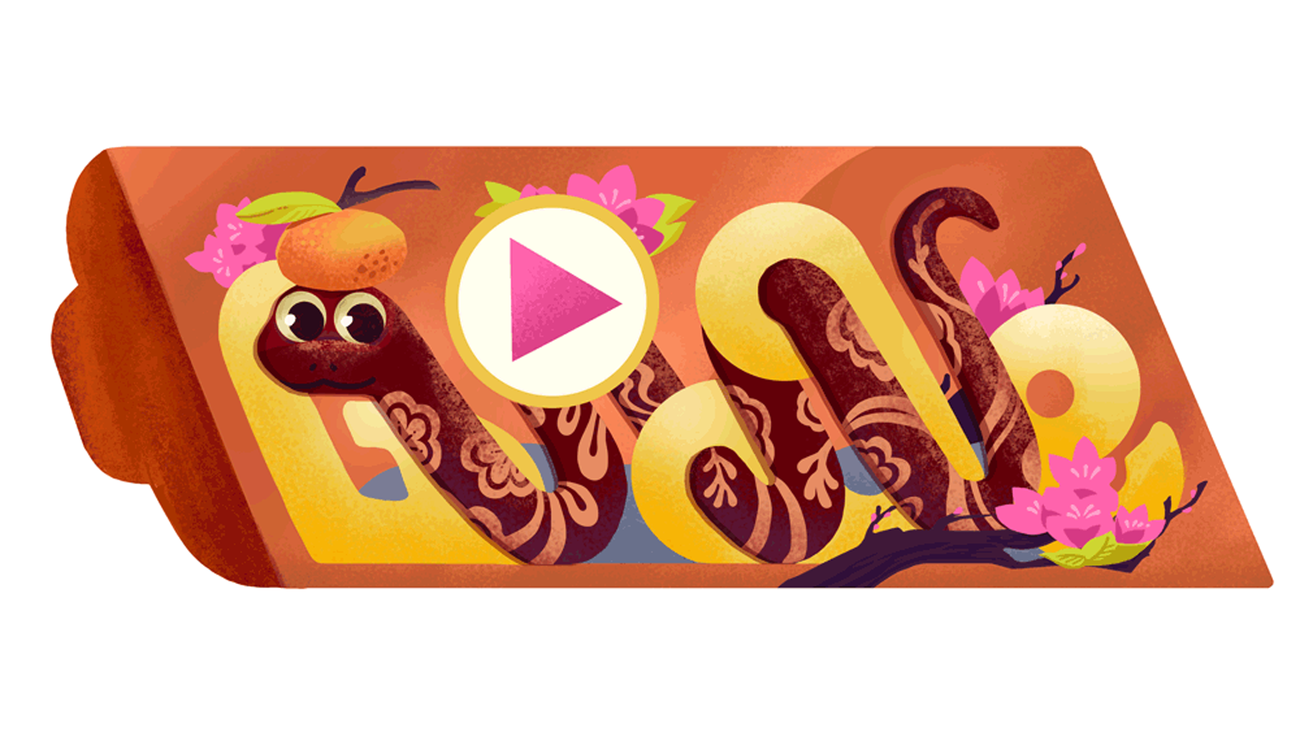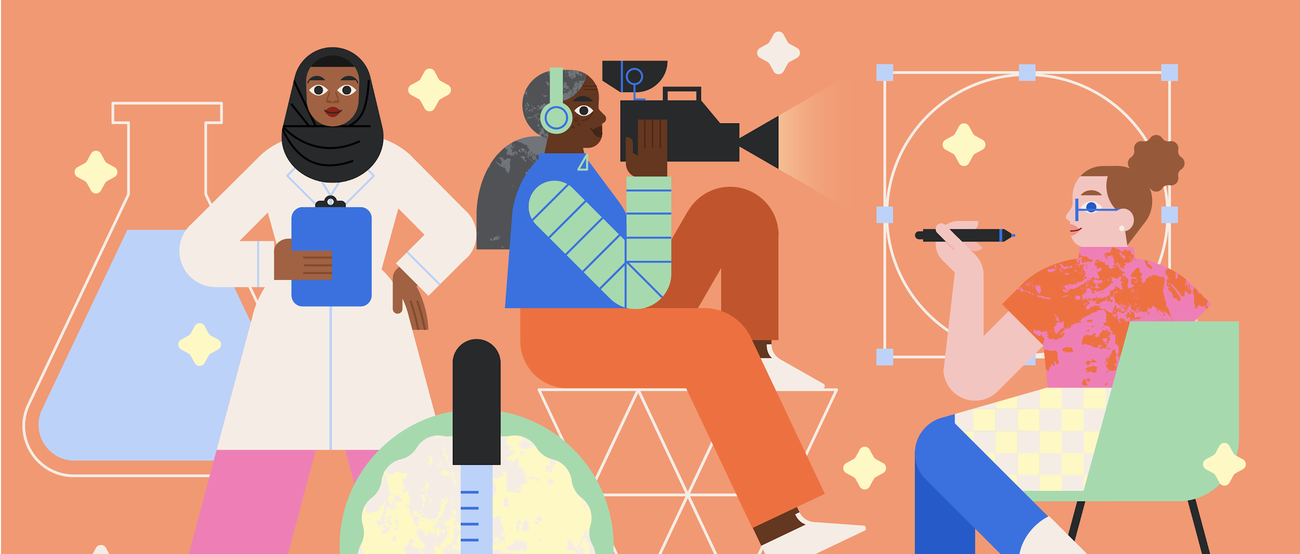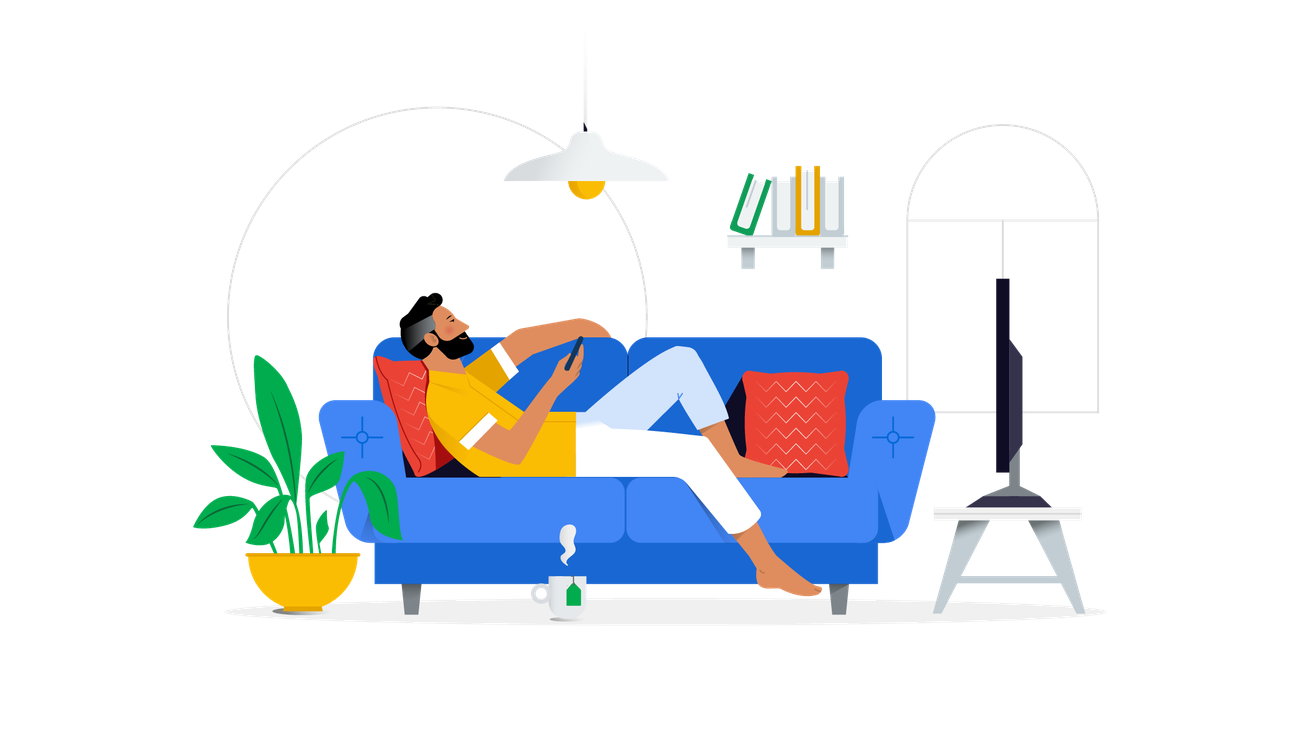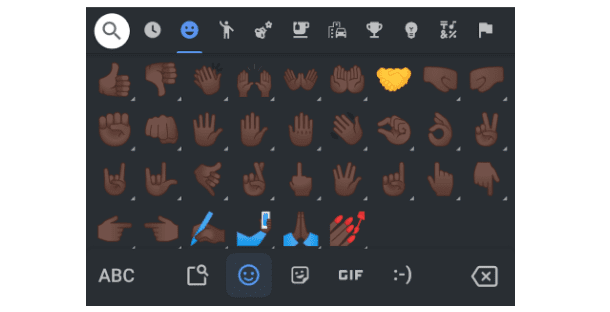Schlagwort: Diversity and Inclusion
-

How you can celebrate Black History Month with help from GoogleHow you can celebrate Black History Month with help from GoogleVP Platforms & Devices and BGN ERG Executive Sponsor
Reading Time: 2 minutesFor nearly 50 years, Black History Month has been celebrated in the United States to honor and recognize the significant achievements and contributions of the Black community. To me, this month is an opportunity to learn from our rich history and explore the innovative ideas and creative expressions emerging from the Black…
-

Celebrate the Year of the Snake with GoogleCelebrate the Year of the Snake with GoogleDirector, Program Management, Core
Reading Time: 2 minutes2025 brings us the Year of the Snake! Just like the Wood Snake in today’s Doodle, this year invites us to embrace the twists and turns and to have a little fun as we embark on new adventures. Ready to celebrate the Year of the Snake in style? Here’s how Google can…
-

Find even more content celebrating women on Google PlayFind even more content celebrating women on Google PlayHead of Editorial
Reading Time: < 1 minuteLearn from female voices through our book collections and editorial pages If you’re eager to explore more empowering stories, we’re spotlighting celebrity-curated book collections. Explore UK journalist Bryony Gordon’s picks, including her memoir, “Mad Woman,” or delve into American romance author Kennedy Ryan’s favorite books. We’re also highlighting e-books and audiobooks…
-

7 formas en las que los productos de Google homenajean a la comunidad asiática7 formas en las que los productos de Google homenajean a la comunidad asiáticaVicepresidente, Comunicaciones Globales y Asuntos Públicos
Reading Time: < 1 minute7. Descubre las tendencias de búsqueda y las nuevas estrellas de la comunidad asiática y del Pacífico Por tercer año consecutivo, Google se asocia con Gold House para su edición anual de la A100 List , la lista más importante que rinde homenaje a las 100 personas asiáticas y del Pacífico…
-

7 ways Google products can help you celebrate the Asian community7 ways Google products can help you celebrate the Asian communityVice President, Global Communications & Public Affairs
Reading Time: < 1 minute7. Learn more about search trends and rising API stars And for the third year in a row, Google is partnering with Gold House on its annual A100 List , which is the definitive honor recognizing the 100 most impactful Asian and Pacific Islanders in culture over the past year. Our…
-

New ways to watch all your favorites on Google TVNew ways to watch all your favorites on Google TVProduct Manager
Reading Time: < 1 minuteGoogle TV is launching new ways to find your favorite entertainment with the Movies, Shows, Family and Español pagesGoogle TV is launching new ways to find your favorite entertainment with the Movies, Shows, Family and Español pagesWebsite: LINK
-

Celebrate International Women’s Day and Women’s History Month with GoogleCelebrate International Women’s Day and Women’s History Month with GoogleGlobal Head of Women’s Community & Programs
Reading Time: 2 minutesUse digital tools to grow and thrive Search interest in “cost of living” reached a 10-year high in the U.S. in 2022, as many people continue to find new ways to manage financial uncertainty. For women in the United States looking for information about financial assistance, including federal government benefits like the…
-

5 ways to bring in the Year of the Rabbit with Google5 ways to bring in the Year of the Rabbit with GoogleMultifamily Success Manager, Google Fiber
Reading Time: < 1 minuteHappy Lunar New Year! Here’s how you can use Google products to celebrate the Year of the Rabbit or Year of the Cat.Happy Lunar New Year! Here’s how you can use Google products to celebrate the Year of the Rabbit or Year of the Cat.Website: LINK
-

Seeking aspiring designers looking to Change The Game
Reading Time: 2 minutesThough women are playing mobile games at record numbers and make up 45% of gamers, they are heavily underrepresented in the gaming industry and as protagonists in video games. At Google Play, we have a mission to make mobile gaming truly for everyone by enabling women to be celebrated and empowered as…
-

Honoring Lou Gehrig Day with the Chicago CubsHonoring Lou Gehrig Day with the Chicago CubsBrand Accessibility Program Manager
Reading Time: 2 minutesA Major League Baseball game’s ceremonial first pitch is a time-honored tradition that marks the start of the game. This year, Google, Team Gleason, and MLB are teaming up for an inclusive first pitch on Lou Gehrig Day. Tonight, before the Chicago Cubs face the St. Louis Cardinals at Wrigley Field, former…
-

Training the next generation of Android developersTraining the next generation of Android developersHead of Developer Inspiration & Inclusion
Reading Time: 3 minutesPictured left to right: Natalia Villalobos, Omoju Miller, Laura Markell and Kat Kuan In 2015, Developer Advocate Kat Kuan and I took a walk around the marshlands of Google’s Mountain View campus. We asked ourselves, “Why aren’t there more people of diverse backgrounds building apps for Android?” We noticed that the Android…
-

This new emoji has been years in the makingThis new emoji has been years in the makingContributor
Reading Time: 3 minutesWhen Jennifer Daniel, Google’s creative director for emoji, first joined the Unicode Technical Committee, she wondered, what’s the deal with the handshake emoji? Why isn’t there skin tone support? “There was a desire to make it happen, and it was possible to make it happen, but the group appeared to be stuck…
-

Easier phone calls without voice or hearingEasier phone calls without voice or hearing
Reading Time: 2 minutesLast year, I read a social media post from a young woman in Israel. She shared a story about a guy she was in a relationship with, who was deaf, struggling to fix the internet connection at their home. The internet service provider’s tech support had no way to communicate with him…
-

Use your voice to access the world with a new Android appUse your voice to access the world with a new Android app
Reading Time: 3 minutesEveryone can benefit from hands-free support when using technology, but for the 62 million people in the U.S. with motor and mobility impairments, it can be a vital requirement. For Stefanie Putnam, a quadriplegic and a para-equestrian driver, tasks like taking photos, sending texts and composing emails could be daunting. Stefanie was…
